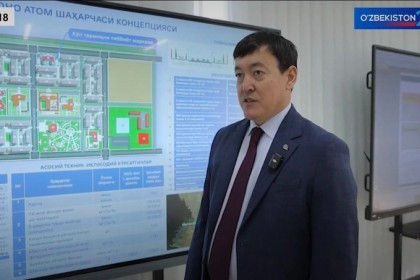Over the past two and a half decades, Uzbekistan has undergone a steady demographic transition. Fertility levels and child mortality have reached low and steady levels. The country’s population, although still growing, has stabilized while remaining youthful. And the share of dependents (children under 15 years of age and people over 65 years of age) in the total population has declined over previous decades.
This transition has shifted Uzbekistan into a phase that is currently classified as the ‘early demographic dividend’ stage. With the share of the working age population set to expand in the next few years, and with the number of dependents remaining at a moderate level, Uzbekistan will have favourable demographic conditions for a growth spurt – the so-called demographic dividend – that could substantially lift real incomes and help to reduce poverty.
This dividend can occur when the working age population approaches its maximum size and has less dependents to support, leaving the former with more disposable income that can spur greater consumption, production and investment and in turn drive growth upwards.
Recent assessment of the remarkable economic growth performance of the so-called East Asian miracle demonstrates that demographic shifts could substantially account for the miracle portion of economic growth. For example, it is estimated that one fourth of the Chinese economic growth over the last thirty years can be attributed to the demographic transition. China was able to leverage its demographic dividend in 1980-2010 by investing in human capital and creating enabling economic environment to accelerate growth.
But given present fertility and longevity trends, Uzbekistan’s window of demographic opportunity will not be open for long. Uzbekistan’s population structure is set to change markedly in the coming years. Fertility rates are currently around 2.2 babies per woman of child-bearing age (15-49 years) and are set to fall to replacement levels (2.1) in the coming decade, and then below replacement level thereafter. These trends will mean that the share of children in the population, currently around 37 per cent, is set to decrease markedly – by an estimated 20 per cent between 2015 and 2030 – as fertility rates continue to decline and the population begins to age.
The transition has important implications for the future of Uzbekistan’s economy and society, as during the post 2030 period, the lower number of children will imply a shrinking working age population in the latter decades of the 21st century. And in approximately a decade and a half, Uzbekistan will see an increase in its dependent population, as its citizens live longer, and many of the current working age population start to become elderly.















